|
We reached out to our Jackson Wild Media Awards filmmakers to ask them five questions about the experience of making their films.
What inspired this story? Director Alizé Carrère: In 2015 I was looking for a US-based story for my Adaptation film series. I think I literally googled ‘adaptation in America’ and came across a short local Kentucky news article about a Chinese-American woman who was helping Americans adapt to the invasive Asian carp crisis by creating a market for the fish. I didn’t even know we had an Asian carp crisis, but I quickly learned about it! I was so captivated by Angie’s story. Here was someone from another country who picked up her entire life and moved to a small town in the middle of rural America to start a business around something that Americans want nothing to do with. I sent her an email and we maintained an email exchange for 2 years. I kept promising her I would one day come and tell her story as a part of a film project I was working on once I raised the money. I finally showed up on her doorstep in 2018 with a film crew. What impact do you hope this film/program will have? AC: I think I speak for everyone who is a part of this film/story when I say that we hope it will inspire Americans to see the value of Asian carp. It’s a terribly misunderstood fish. What Angie and her business (Two Rivers Fisheries) are aiming to do is to “reduce, re-use and RE-DEFINE” carp. Rather than see it as a “trash fish”, we can learn how to use it as a resource. It’s an abundant protein source that can be harvested to address both the ecological degradation and economic hardship associated with its proliferation. As much as we would like to think that we can fully contain or eliminate them, it’s simply not going to happen. When Asian carp arrive somewhere, they are - for better or worse - there to stay. We need to focus our resources and energy on finding ways to manage their presence. We hope this film is a start in that direction. Any fun facts about the film/program, the subject matter or the production crew that might surprise the audience? AC: Silver carp, one of the four types of Asian carp, are the shiny ones that leap out of the water when they’re spooked by noises from motors (see the first scene of our short film). When a boater is cruising down a waterway at 20+ mph and one of those silver carp leap out, it can do serious damage. People have dislocated jaws and shoulders because of being hit by flying carp on a moving motorboat. Some fishermen are starting to install plexiglass shields on the front of their boats so they don’t get hit!
2 Comments
We reached out to our Jackson Wild Media Awards filmmakers to ask them five questions about the experience of making their films.
Questions answered by Producer Mark Fletcher and Composer Barnaby Taylor Two gibbons, miles apart, have a professor and a musician to act as high-tech matchmakers, to help them find each other…by telephone! The story is more opera than the natural history. Our young would-be lovers are Skywalker gibbons, a new species announced in 2017. There are only a handful of them, scattered along a mountain range on the border of Myanmar and China. Without a musical courtship of singing a duet together across a valley they will never become a couple. What the team are about to do has never been tried before. This is a spectacular story about wild animals, love, and music. What inspired this story? The music of animals, and the discovery that they live their life in song. The science gave amazing insight into emotion, and music could bring that to life. That’s very rare of course. Describe some of the challenges faced while making this film/program? Musically, it was very brave, but if you are lucky, have a brilliant composer, it can work. In terms of filming, it took 10 years in the most inhospitable environment with restricted access, an inexperienced crew, a rare and nervous species, and no obvious outcome. Hard. What did you learn from your experience making this film/program? Music can be used in complex and original ways to bring animals to life. It can give them a voice. How do you approach storytelling? Stories can be told in music as well as science and drama, and that originality is important. What impact do you hope this film/program will have? I hope it will inspire people to want to be scientists. And also to be musicians and writers, and storytellers. Were there any surprising or meaningful moments/experiences you want to share? Working with Barnaby Taylor on this was a highlight. He gave me the tools and confidence to try something really original. As far as filming went, connecting a wild species in conversation live with a zoo species 3000 miles away was a lifetime moment. Any fun facts about the film/program, the subject matter or the production crew that might surprise the audience?The Chinese pop song about the lonely gibbon continues to be performed in concert. Only one person on the crew spoke English. The hard-bitten scientists became so emotionally entangled in the story that the challenge of when and how to intervene to save a species became a big part of the filming. Anything else you would like people to know? The operatic pieces were sung specially for the program. The Chinese pop song about the lonely gibbon continues to be performed in concert. The idea that music can give an animal a voice, and let an audience into their world, is important. What next? Singing snow leopards? Not really. This was a one-off. When it comes to composition... Music for A Song for Love, by Barnaby Taylor. ● What a gift for a composer - a film based around sound and music, where song is at the very centre of our lead characters’ lives. When director Mark Fletcher came to me and suggested an operatic theme, I was intrigued. I immersed myself in the great Romantic operas, including Offenbach’s ‘Tales of Hoffman’. From here I worked with original recordings to develop my own themes and arrangements, to support the operatic drama of the story. A minor key waltz for piano and orchestra recurs throughout, alongside an uplifting and passionate reimagining of Offenbach’s ‘Barcarolle’ this time including a male vocal part performed by opera singer Mark Oldfield, plus an eclectic range of synthetic and unusual sounds to bridge the gap between the romantic past of operatic arias, to the present-day where the gibbon matchmakers are a couple of professors and pop star.
We reached out to our Jackson Wild Media Awards filmmakers to ask them five questions about the experience of making their films.
#NatureNow Finalist Trailer from Jackson Wild on Vimeo. Were there any surprising or meaningful experiences you want to share? Director Tom Mustill: We did not expect the film to be viewed very much, perhaps a few hundred thousand views, but when we released it it went viral, clocking up over 70 million views and even being tweeted by heads of state, with Natural Climate Solutions being a big part of the UN climate and sustainable goals summits discussions in September in climate week. The meaningful part of this is that most of those views came as an accident of our distribution strategy - instead of releasing it on one site as is the received wisdom, we gave it away under a Creative Commons (CC) license to anyone who wanted to host it/ show it. An unexpected consequence of this was that the places it received the most views were sites we would not have expected - 20 million on the FB page of the musician who leant us his music for instance - far more than on Greta's and our sponsors official pages where we expected most of the views to be. Hopefully more films will take this approach and give their films away under CC licenses. Describe some of the challenges faced while making this film/program? TM: We wanted to have the smallest possible environmental footprint ourselves while making this film. To accomplish this we took trains to Sweden and electric cars in the UK, powered our edit on green energy, had no single use anything, ate veggie and only used recycled stock footage (apart from the two interviews). This reduced our total footprint to 180kg of carbon. We paid to offset this 4x over (so the carbon would be captured sooner) in Natural Climate Solutions making the production carbon neutral. We wanted to show this was possible on a high production value film. What inspired this story? TM: I met George Monbiot and he told me about Natural Climate Solutions / Nature Based Solutions - how by protecting and restoring natural systems we could help limit the climate crisis, and how nobody knew about them or was funding them. He had written a joint letter with Greta Thunberg and others to try to get decision makers to invest in NCS and use them. With the UN General Assembly and Climate Week approaching it seemed an important story, so I decided to make a short simple public information film in my spare time to try to make NCS and the organisations championing them taken seriously and talked about. How do you approach storytelling? TM: I wanted to keep it as simple and authentic as possible - Greta and George speak directly to the viewer, in the way that they would talk to you if you were sat with them at home in their kitchen. I wanted the film to feel fresh but to re-use footage, so we animated existing footage together with a different pace and style as you normally see to give a feeling of the colossal land use changes taking place and the potential of the natural world. The point of the film wasn't to depress people about how much trouble we are in, but to give them a feeling of the potential of NCS and to give them something they could do to help so the structure is heavily weighted towards solutions and action rather than problems - this is different from many environmental films which spend lots of time talking about problems and solutions are often only introduced at the very end if at all. I guess in style it is a sort of mash up of public information film, music video and vlog - it is much more in keeping with what we make and watch online on social media than in traditional natural history and television shorts. Anything else you would like people to know? TM: I would encourage people making films about nature and climate to get much more adventurous with their style and storytelling techniques - many environmental and advocacy films are formulaic - in their editing, in their content, in their style and pace and music and everything. As soon as one starts playing you think 'I know what this is' and you switch off, particularly if it is depressing. As communicators we are losing opportunities of reaching people with important stories about the natural world because we think we have to tell all our stories in the same way. I didn't know that this film would work so well, and you never do until you try. So I'd encourage people who watch this to try their own new ways of telling stories like this, because we urgently need to reach different and diverse audiences and that means we need to make different and diverse films.
We reached out to our Jackson Wild Media Awards filmmakers to ask them five questions about the experience of making their films.
Akashinga Finalist Trailer from Jackson Wild on Vimeo. What inspired this story? Director Maria Wilhelm: "Akashinga: The Brave Ones" is a philanthropic commitment, as much as a short film, and the result of more than 12 years traveling back and forth to Africa as a trustee of the African Wildlife Foundation. The film was inspired by the women who inspired me—their grit and guts, their against-all-odds determination to transform themselves, their communities and the practice of conservation. They have lessons to teach us all about sacrifice and about the power of sisterhood, about what happens when a community comes together to protect and preserve its treasures, its wildlife, and its wildlands. In particularly divisive times globally, the Akashinga rangers show us there’s another, better, way. And they are brave, indeed. Describe some of the challenges faced while making this film/program? MW: There weren’t any. As a program of the International Anti-Poaching Foundation (IAPF), Akashinga was an honor to cover. These women’s lives are brutally hard, but they are also resplendent in their triumph over trauma, in their abundant joy, and in their generosity. Making the “Akashinga” film was a gift to everyone involved. What did you learn from your experience making this film/program? MW: What’s worth fighting for? That’s the motivating, potent and highly individual question we all have to answer. The Atlantic archive features an essay from its December 1915 issue by the philosopher Ralph Barton Perry with that title. He writes, “Civilization is not saved by the mere purging of one’s heart, but by the work of one’s hands. The forces of destruction must be met, each according to its kind, by the forces of deliverance.” The Akashinga rangers are just that—deliverance. The work of their hands benefits us all. https://www.theatlantic.com/magazine/archive/1915/12/what-is-worth-fighting-for/528915/ How do you approach storytelling? MW: I don’t have an approach. Some stories tell themselves; each has its own integrity. “Akashinga” was a story on a platter, as I’ve characterized it, and very easy to tell. Our tiny, highly collaborative and interdependent, five-person film team, dominantly African, tried to tell it in a somewhat more intimate and emotional manner. What impact do you hope this film/program will have? MW: Every choice we made and every single thing we’re doing now is about a calculable impact. Jim Cameron, with whom I’ve been honored to work for many years, often says, “Hope is not a strategy. Luck is not a factor. Fear is not an option.” That is, we’re not hoping. We’re working hard to bring attention to the remarkable women of Akashinga through our longstanding and deeply valued partnership with National Geographic and through every other partner and affiliate we have. Poaching is on the rise in various African nations due to COVID and the loss of some billions in revenue derived from tourism. It’s an even more desperate time for rural communities. We have to be fearless in the fight and, maybe, a little lucky. https://www.nationalgeographic.com/animals/2020/04/wildlife-safaris-halted-for-covid-boost-poaching-threat/ Any fun facts about the film/program, the subject matter or the production crew that might surprise the audience? MW: The Akashinga rangers eat an all-vegan diet. Grown locally, made on an open fire and without the benefit of refrigeration (no power in a bush camp), the food rivals and surpasses the best vegan fare anywhere. The Akashinga kitchen produced 54, 853 meals in 2019 to serve 171 rangers, trainees and staff. https://vegfund.org/activist-story/akashinga-vegan-warriors Akashinga Back to Black Roots Vegan Kitchen and Garden • prepares healthy and tasty camp meals and tactical rations for Akashinga staff, • focuses on reintroducing and encouraging traditional African eating habits, • uses local, readily available traditional foods. "Under Chef Cola’s supervision, the kitchen provides three meals a day to 171 people housed at IAPF’s (International Anti-Poaching Foundation) camp in Nyamakati (rural Zimbabwe). Those on patrol carry rations to sustain them while in the bush. This process can be tricky because temperatures in Nyamakati are extremely hot, making food go bad quickly. And, for tactical reasons, rangers can’t keep fires going for cooking or reheating. The solution? A food dryer prepares dry fruits and vegetables that will travel well and be light in their packs. Their work doesn’t stop at preparing nutritious meals and rations, though. The kitchen also raises awareness by discussing environmental conservation and animal welfare, from bushmeat poaching to the negative effects that eating meat has on their land and communities.” Anything else you would like people to know? MW: In the fight worth fighting, stories matter. |
Archives
March 2024
Categories
All
|
Contact UsJackson Wild
240 S. Glenwood, Suite 102 PO Box 3940 Jackson, WY 83001 307-200-3286 info@jacksonwild.org |

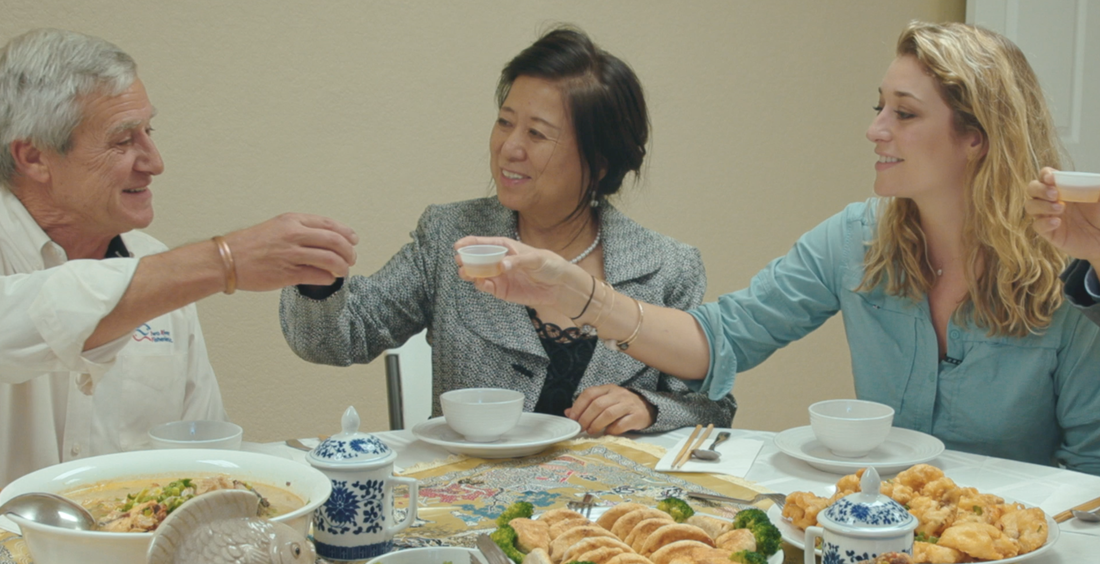
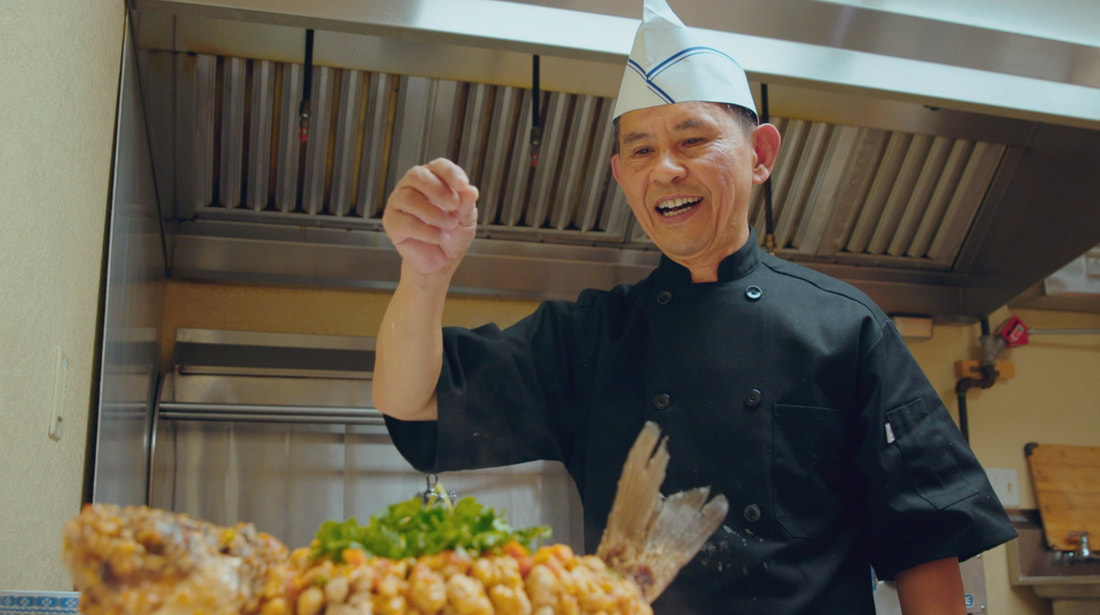
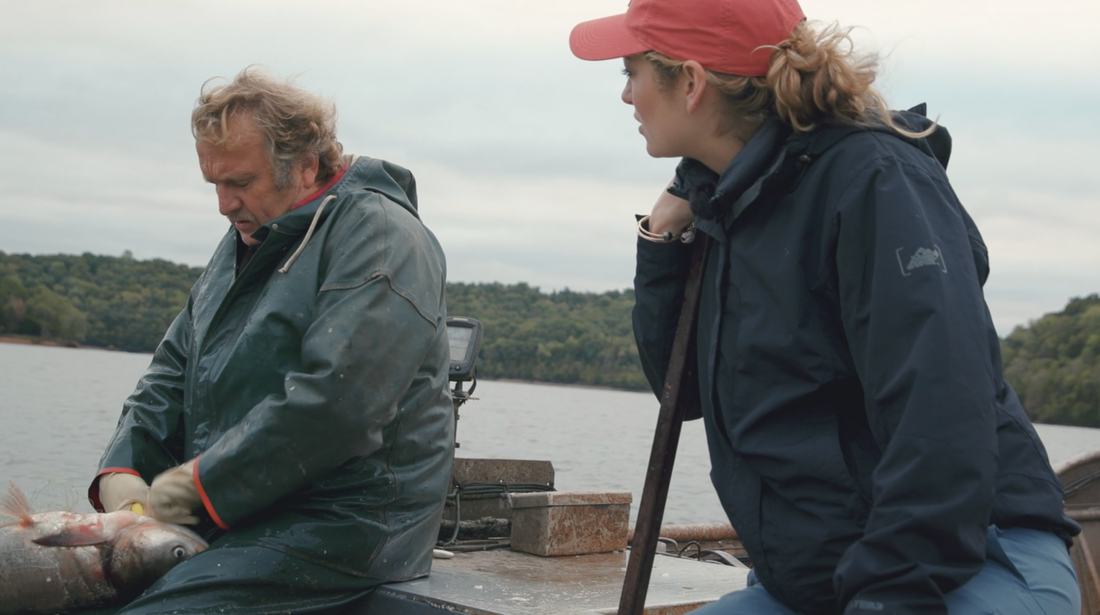
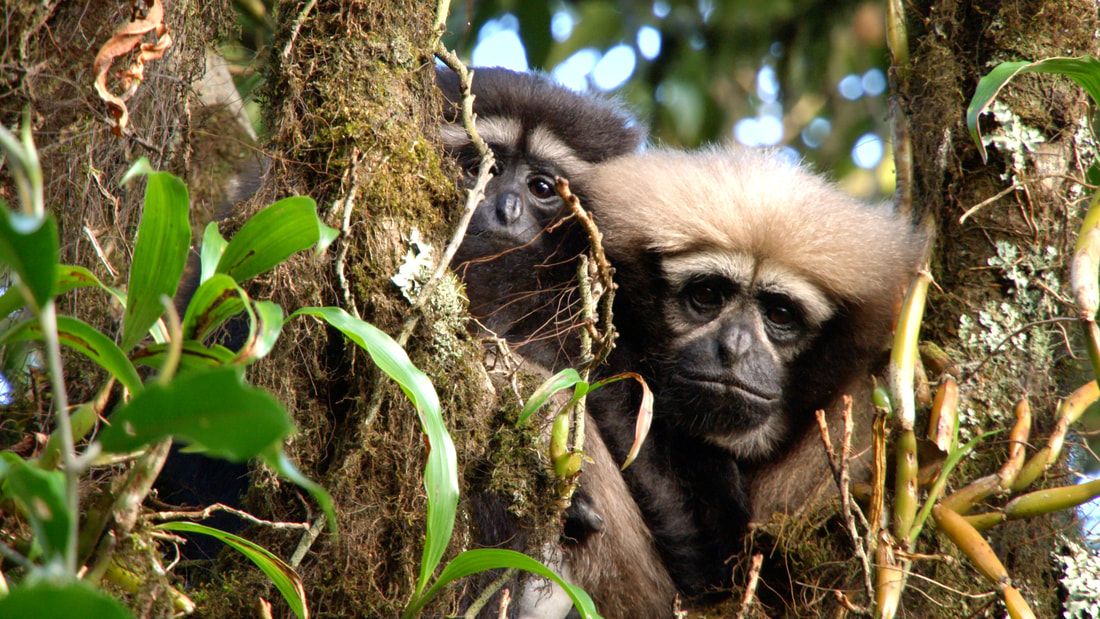
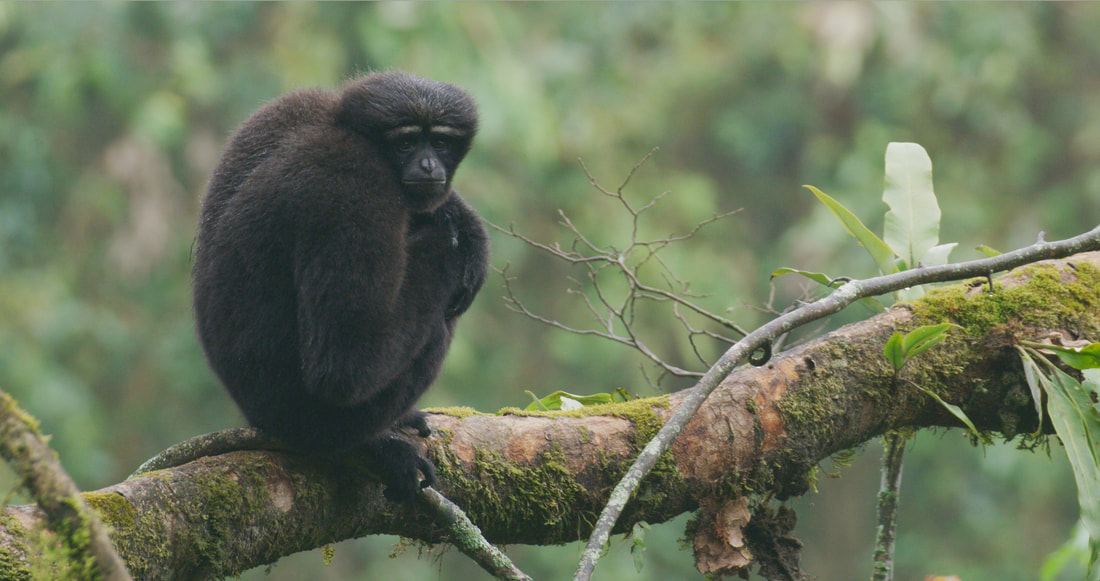
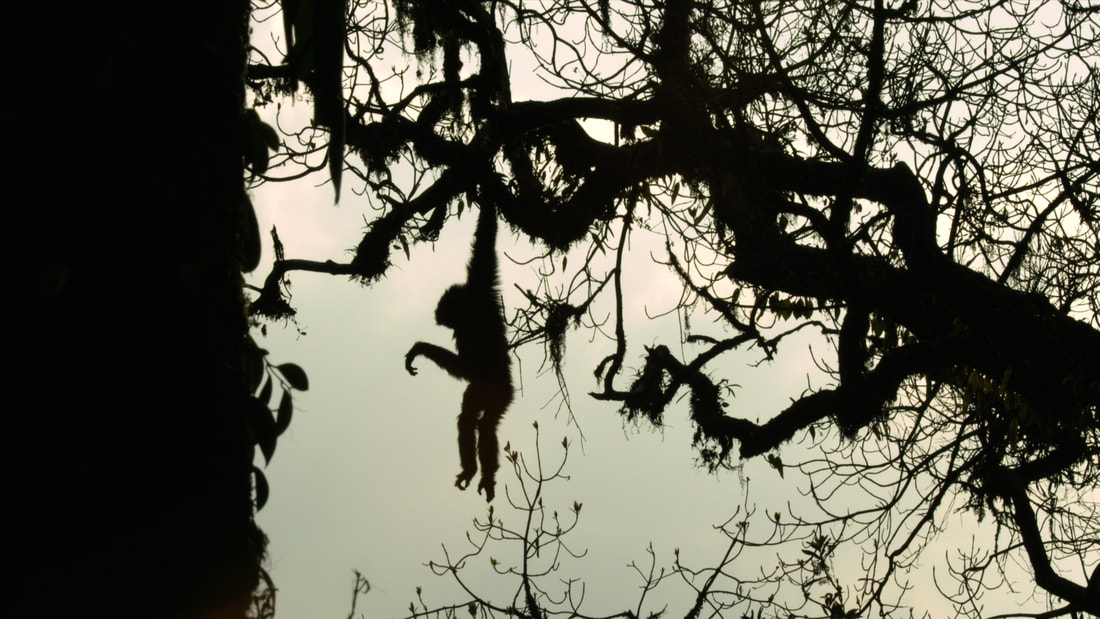
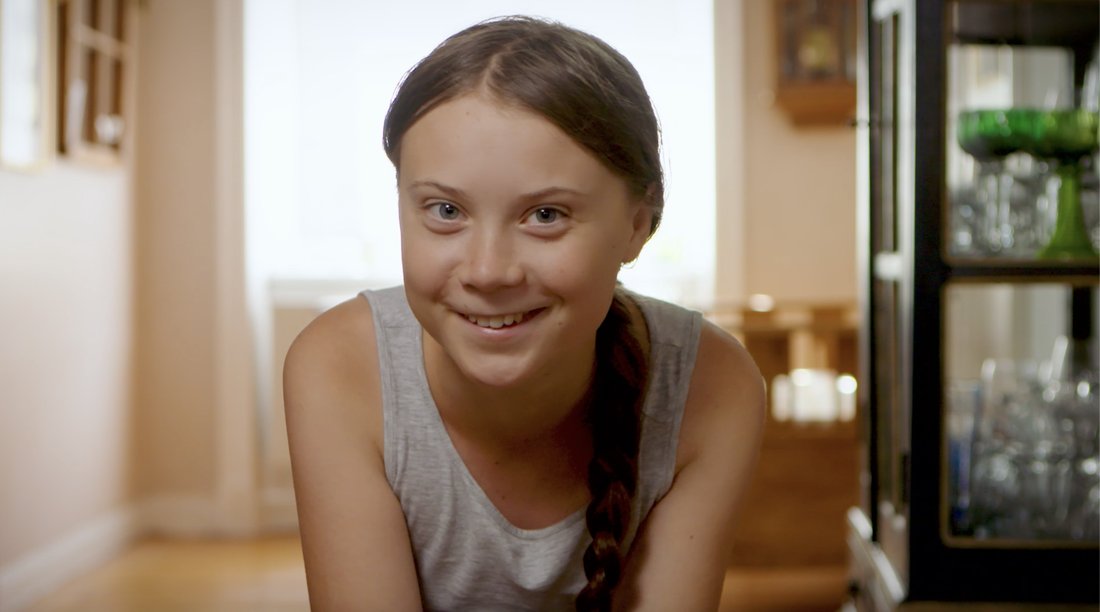
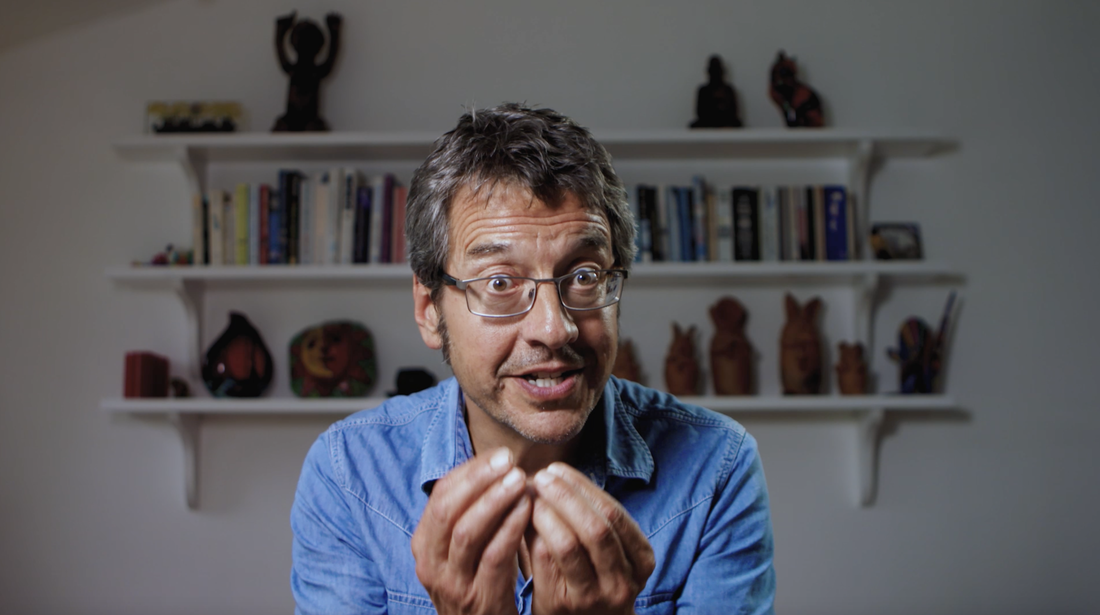
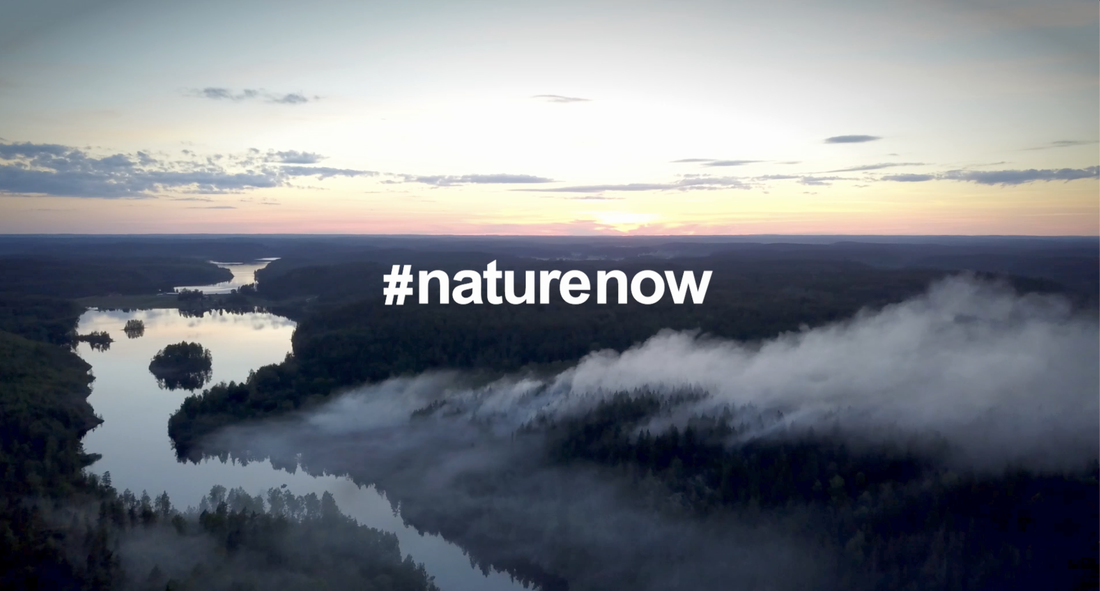
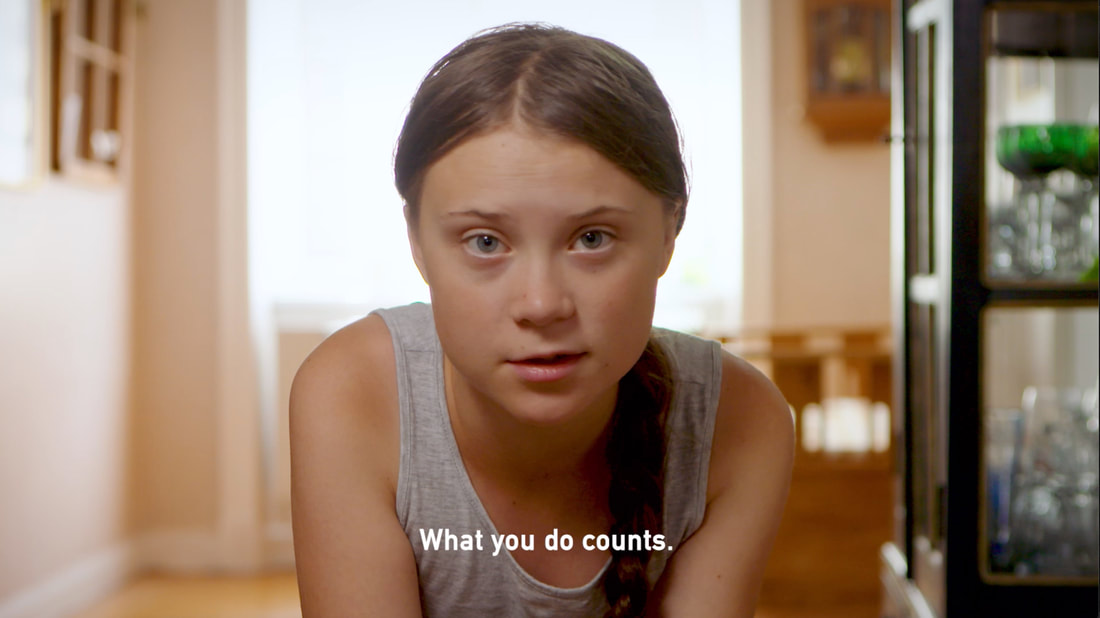
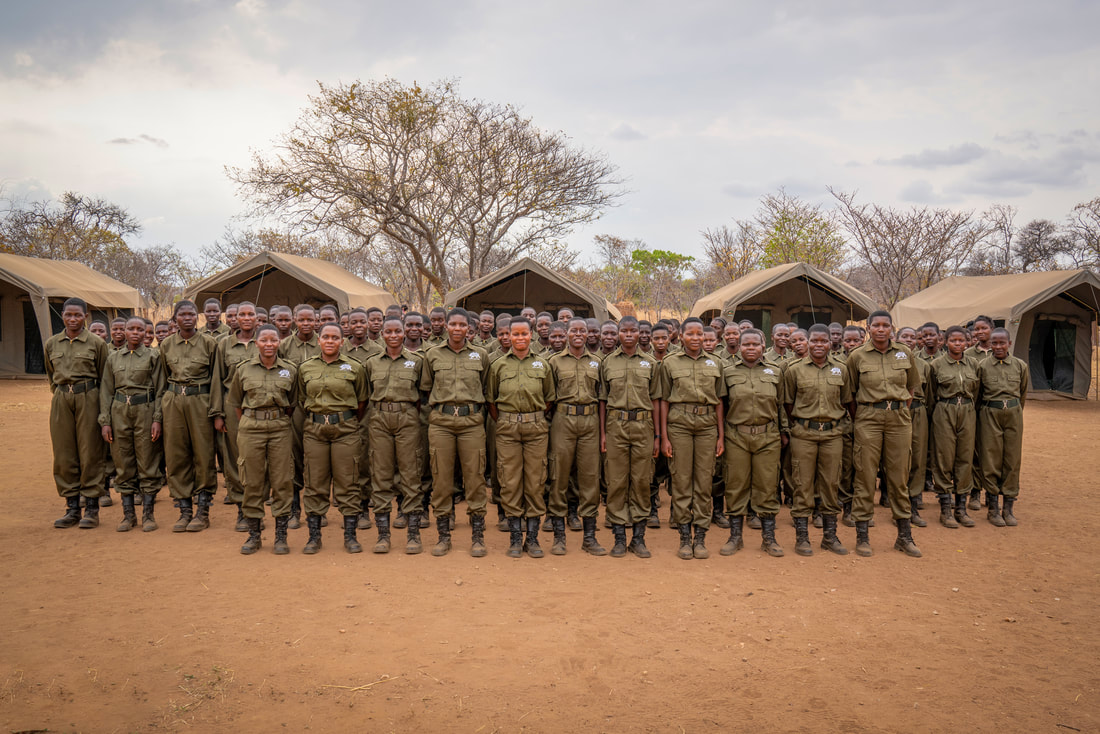
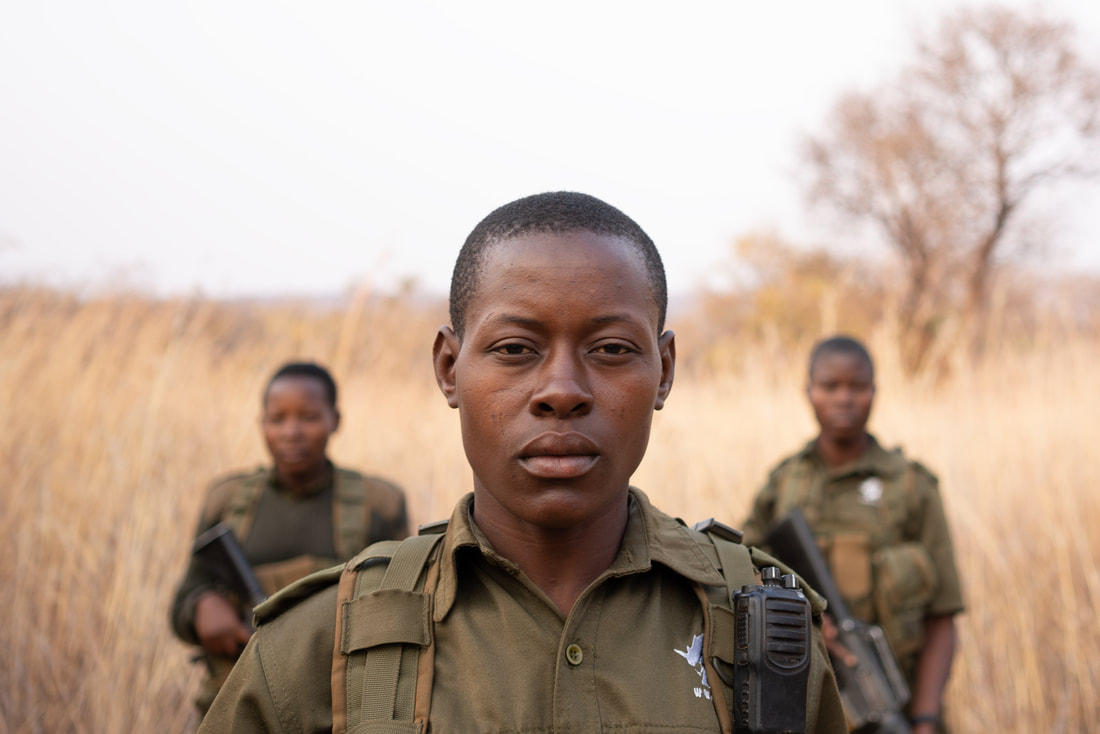
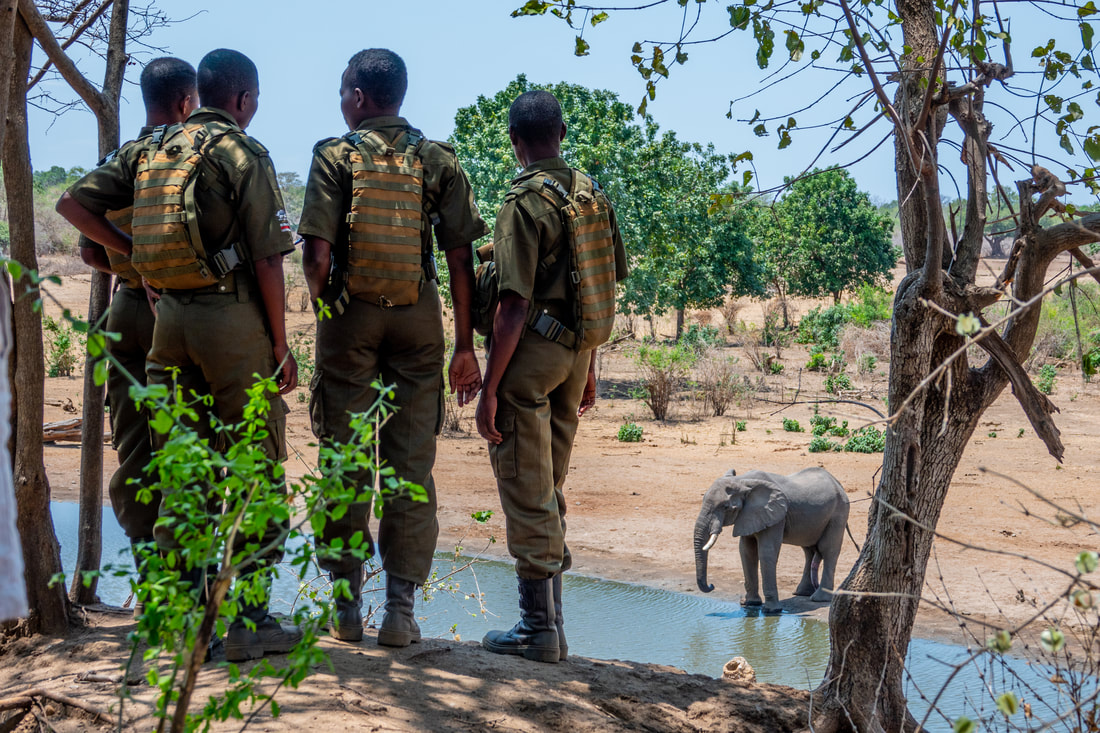
 RSS Feed
RSS Feed